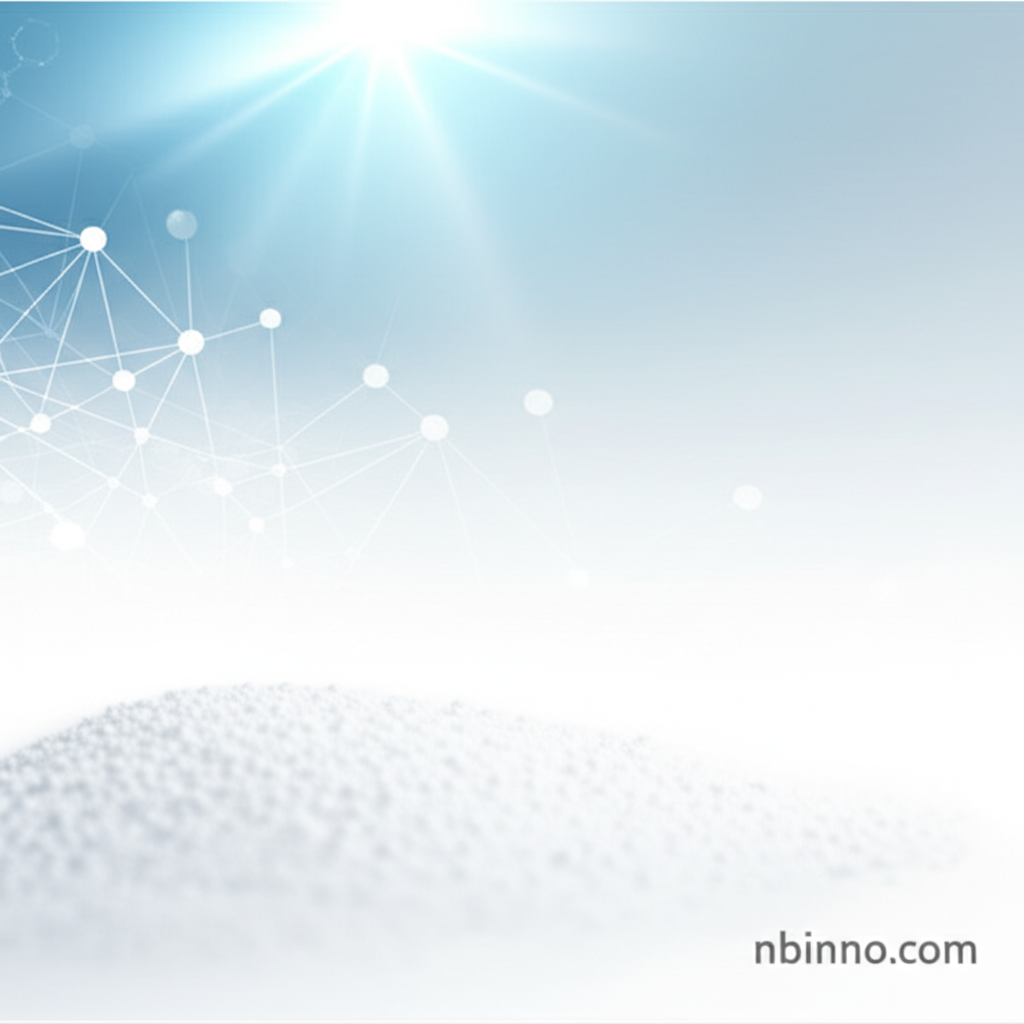Expert Guide to Molecular Sieves: Types, Applications, and Benefits
Discover the power of molecular sieves in industrial purification, separation, and drying processes.
Get a Quote & SampleProduct Core Value

Molecular Sieve Adsorbent
Molecular sieves are advanced adsorbent materials with a unique porous crystalline structure, primarily zeolites, offering exceptional selectivity in separating molecules based on size, shape, and polarity. They are vital for achieving high purity in various industrial processes.
- Discover the diverse types of molecular sieves like 3A, 4A, 5A, and 13X, each tailored for specific industrial needs, from drying to complex separation processes.
- Explore the extensive applications of molecular sieves in petrochemicals, pharmaceuticals, food and beverage, air separation, and environmental protection, showcasing their versatility.
- Understand the key benefits of using molecular sieves, including their high adsorption capacity, selective adsorption capabilities, regenerability, and impressive stability in demanding conditions.
- Learn how molecular sieves work through adsorption mechanisms, enabling efficient gas separation, purification, and moisture removal with their precisely engineered pore structures.
Key Advantages
High Adsorption Capacity
Molecular sieves exhibit significant adsorption capacity, efficiently removing moisture and impurities, making them ideal for achieving low dew points and high product purity, a key aspect of natural gas dehydration.
Selective Adsorption
Their uniform pore sizes allow for precise molecular separation, targeting specific contaminants like VOCs, ammonia, and sulfur compounds, crucial for industries like pharmaceuticals and petrochemicals.
Regenerability and Reusability
Molecular sieves can be regenerated through heat or vacuum, allowing for multiple uses. This cost-effectiveness and sustainability are vital for processes like oxygen generation and industrial drying.
Key Applications
Gas Drying and Purification
Molecular sieves are essential for removing moisture and impurities from various gases, ensuring high purity for applications such as natural gas dehydration and compressed air purification.
Air Separation and Oxygen Generation
Utilized in Pressure Swing Adsorption (PSA) systems, molecular sieves like 13X are critical for producing high-purity oxygen for medical and industrial uses, separating nitrogen from air.
Petrochemical Processes
In the petrochemical industry, molecular sieves like 5A are used for hydrocarbon separation, purification of gas streams, and removal of contaminants like CO2 and H2S, enhancing product quality.
Pharmaceutical Manufacturing
Molecular sieves play a vital role in drug production, from solvent drying to purifying Active Pharmaceutical Ingredients (APIs), ensuring product stability and preventing contamination.
